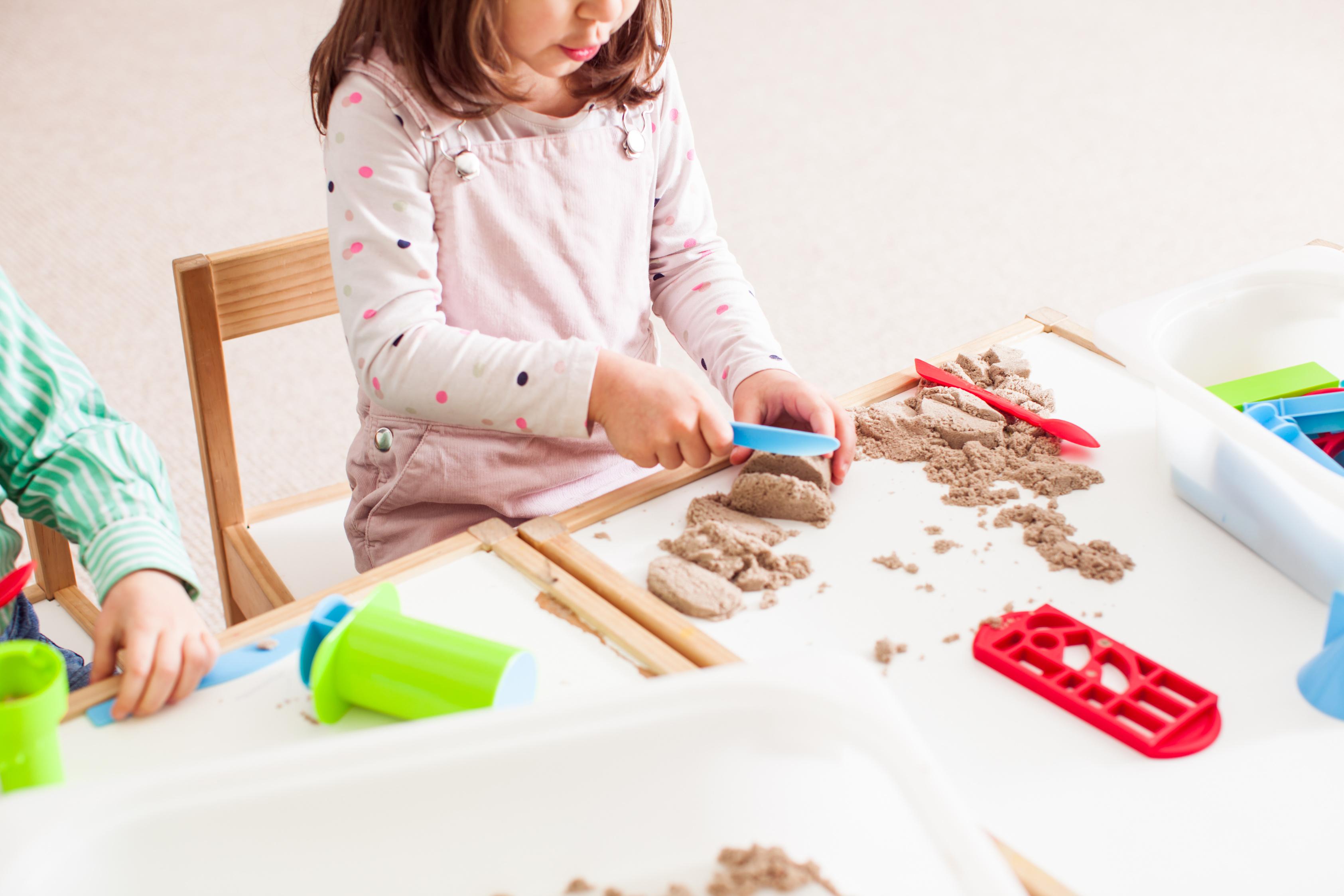
3 minute read
Virtual Sandtray for Teletherapy
Virtual Sandtray is not an oxymoron. Granted the customary approach is for the client or family group to work on the Sandtray in the Counselor’s office. Yes, that is the easier way but what has been easy in Covid-19? Rather than give up this effective, engaging technique, therapists worldwide quickly made adaptations.
The Sandtray Technique class I teach once a year for University of Iceland has been online with professor and students in the classroom, while I beam in via Blackboard. This year their class was online due to Covid-19. As my Mama said, “for anything worth doing you can find a way. ” So I invited the class into my Zoom for the initial demonstration and discussion. Then I sent triads into Zoom Breakout Rooms with one student as counselor, one as client and the third as observer. Their Professor and I dropped in to observe each breakout room. How hard was that to teach? Actually, it was easier than expected. I noticed that each student group was more concentrated on the sand tray and the client then with prior classes together in a classroom. The privacy of the Zoom room with client and counselor led to greater focus. In some ways the Zoom Breakout Room was more like being in a therapy office without the distractions and noise of several student groups in the same campus classroom. There are variations on how to work with distance Sandtray. Using the Sandtray in the Counselor’s office visible on screen, the client can direct the counselor on what items to place in the tray and where to place them. The downside is that this misses the tactile elements of working in the sand and being directly involved in creating the tray scene. It may also limit the client’s options to choose figures and objects for the tray. Another option is for the client to have a tray using a bowl or plastic box of sand and whatever miniatures, small toys or small objects are available to use in the tray. In that scenario, the counselor observes the same way as in face-to-face Sandtray therapy.

Dedicated Sandtray Therapists did not allow a pandemic and distance restrictions to interfere with their favorite modality. You guessed it – Sandtray went Digital! Dr Karen Fried created an interactive digital Sandtray that client and counselor can view. She graciously offers a free version at https://onlinesandtray.com. There are more sophisticated, three dimensional online sandtray options for purchase or subscription. The Virtual Sandtray App ($169) and Time to heal ($79) are in the App stores for PC or Mac. Simple Sand Play for PC or Mac is a monthly subscription. The Virtual Sandtray App has added encryptions to support client confidentiality, a feature that is important for telehealth sessions. Ask for a Virtual Tour or limited option to experiment before buying.
Students immediately rallied to this idea of an creating online sandtray. One student suggested that the virtual reality site, Second Life, could become a type of Sandtray. Considering privacy issues and the interactivity that is part of Second Life, that option seems too open and rift with potential confidentiality problems.
Thus far I have used the “lower tech” option similar to how the students practice in zoom breakout rooms with the sandtray on my side and the client directing. Not many people have a box of sand at home.
Counselors working with children may find that children are eager to put their hands in real sand and use their own toys or miniatures to tell the story in the tray.
At key points in the Sandtray work or at the end of the session, seek the client’s permission to take a screen shot of the tray. These images can be reference points for comparing significant issues, identifying point of progress or noting differences each of which are valuable in session notes. Even for in-office sessions, photo visuals are useful for session records. Another benefit is “before and after” images can affirm how the client has progressed.
Covid19 has interrupted and forced us to reimagine counseling. We may look back and find that some shaking routines pushed us toward even better ways to help our clients.

Written By: Dr Kathie Erwin, LMHC, NCC, NCGC
Dr Kathie Erwin, LMHC, NCC, NCGC is an Associate Professor at Divine Mercy University School of Counseling, Green Cross Academy Certified Master Traumatologist, AMHCA Diplomat in Geriatric Counseling and Fulbright Specialist to University of Iceland. Dr Erwin served as field trainer for teams in Trinidad, India, Romania and trauma educator for Ukraine Project in Kiev. She is Secretary/Board Member of FMHCA










